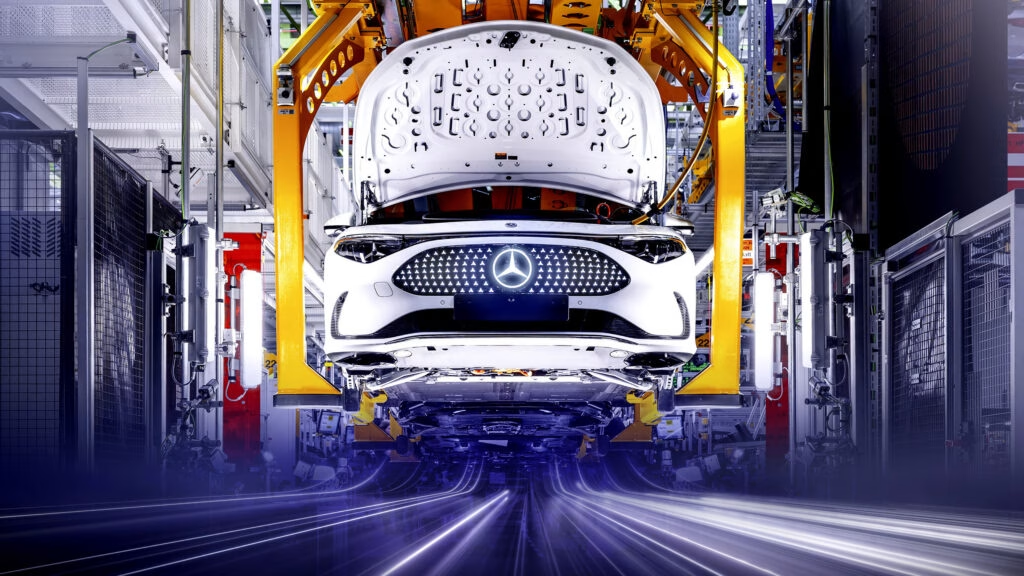Suzuki has recently hit a snag in its production line, specifically with the Swift model, due to a shortage of rare earth elements. This situation has arisen from China’s export restrictions on these critical materials, which came into effect in April. If you’re wondering why this matters, rare earth elements are essential for a wide range of components in various industries, including automotive manufacturing.
The ripple effects of these restrictions are already being felt across the globe. Suzuki halted Swift production on May 26, with hopes of partially resuming by June 13. But they’re not alone in this struggle. BMW’s supply chain has also been impacted, although they’ve managed to keep production running smoothly for now. The European Association of Automotive Suppliers (CLEPA) has raised alarms about significant disruptions affecting both combustion engine and electric vehicle production, which could jeopardize thousands of jobs in the EU.
Why Are Rare Earth Elements So Important?
You might be asking, what exactly are rare earth elements, and why are they so crucial? These materials, despite their name, are not particularly rare in terms of abundance in the Earth’s crust. However, they are challenging to extract and process. They play a vital role in the production of magnets, batteries, and various electronic components. In the automotive sector, they are used in everything from electric motors to catalytic converters.
The recent export restrictions from China are particularly concerning because the country supplies a significant portion of the world’s rare earth elements. With the automotive industry increasingly relying on these materials for electric vehicles, the timing couldn’t be worse.
What’s Being Done to Address the Shortage?
While discussions between U.S. and Chinese officials are underway, relief seems distant. President Trump and Chinese President Xi Jinping have touched on the topic of rare earths in their communications, but no immediate solutions have been announced. The situation is further complicated by ongoing trade tensions, with China potentially using rare earth exports as leverage in negotiations over tariffs.
Interestingly, some automakers are faring better than others. For instance, Mercedes and Volkswagen have reported no current shortages, with Mercedes actively working to reduce its reliance on rare earths. This proactive approach could serve as a model for other manufacturers facing similar challenges.
A Glimmer of Hope: Temporary Licenses
In a recent development, China has granted temporary export licenses for rare earths to suppliers of major automakers like Ford, General Motors, and Stellantis. These licenses, some lasting up to six months, could provide much-needed breathing room for these companies as they navigate the ongoing supply chain disruptions. Ford, for example, had to halt production of the Explorer in May due to a rare earth shortage, so this news comes as a relief.
The Bigger Picture: What This Means for the Industry
The automotive industry is at a crossroads. As manufacturers pivot towards electric vehicles, the demand for rare earth elements will only increase. The current supply chain issues highlight the vulnerability of relying heavily on a single source for critical materials.
In the long run, diversifying supply sources and investing in alternative materials could be key strategies for automakers. This situation serves as a wake-up call, emphasizing the need for resilience in supply chains, especially in an era where global trade dynamics are shifting rapidly.
The big takeaway? The challenge of rare earth shortages isn’t just about immediate production halts—it’s a broader issue that could reshape the automotive landscape. By starting to rethink supply chains and sourcing strategies now, manufacturers can better prepare for the future. So, if you’re in the industry, consider what one change you could implement this week to adapt to these evolving challenges. You might just spot the difference by the end of the month.

